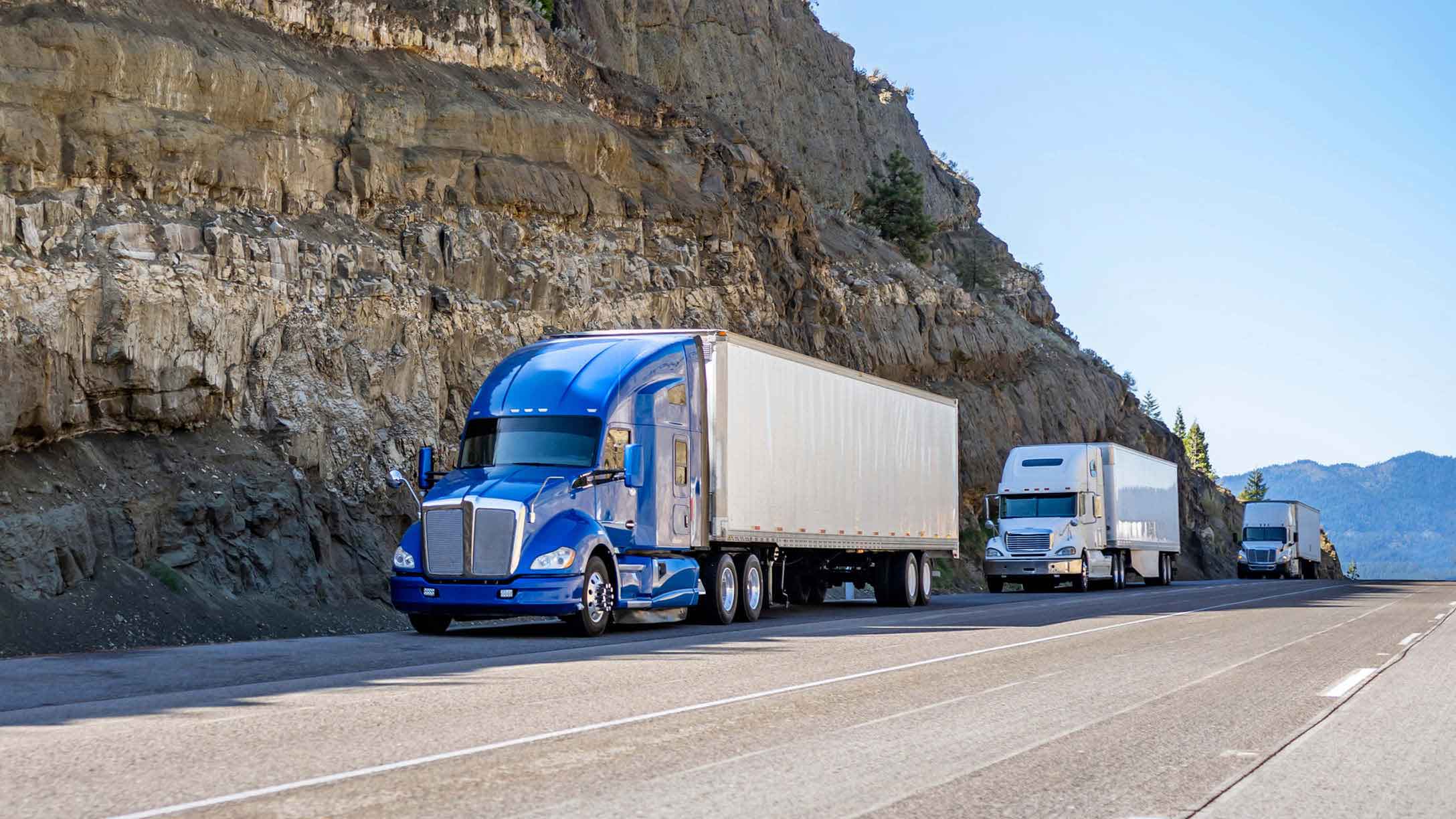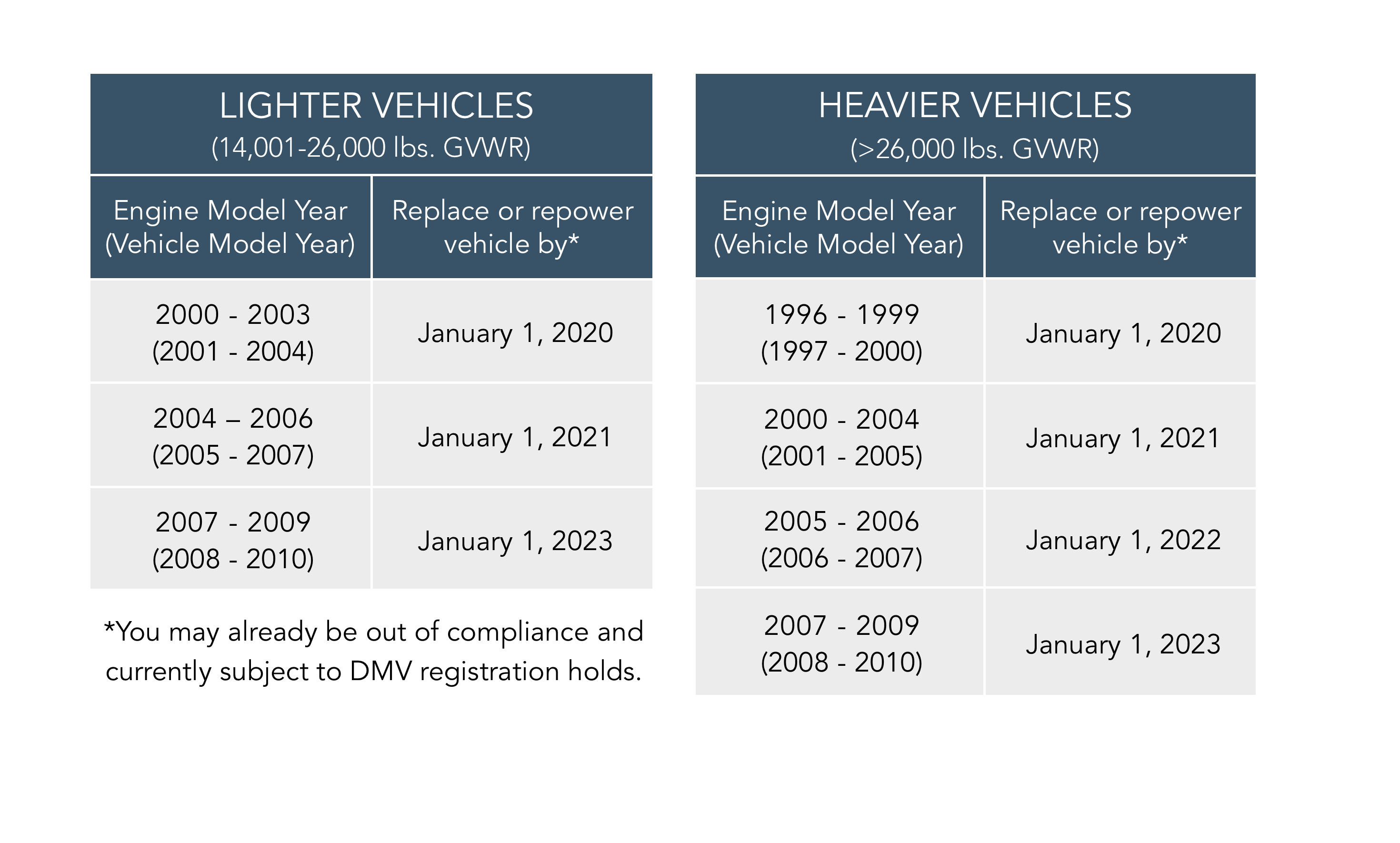CARB compliance ensures vehicles meet California’s emissions standards set by the California Air Resources Board (CARB). It aims to reduce air pollution.
CARB compliance is crucial for businesses and individuals in California. The California Air Resources Board sets stringent emissions standards to combat air pollution and protect public health. Vehicles and equipment must adhere to these regulations to operate legally within the state.
This includes adopting cleaner technologies and regular emissions testing. Non-compliance can result in hefty fines and legal issues. Understanding and meeting CARB standards not only helps the environment but also ensures smoother operations for businesses. Staying compliant is essential for contributing to cleaner air and a healthier community.

Credit: www.geotab.com
Introduction To Carb Compliance
Carb Compliance refers to regulations by the California Air Resources Board.
These rules aim to reduce air pollution and improve air quality.
Businesses must follow these rules to operate in California.
Importance For Businesses
Following Carb Compliance is crucial for businesses.
Non-compliance can result in hefty fines and legal issues.
Businesses can also face damage to their reputation.
Compliance ensures companies contribute to cleaner air.
It also helps in building a positive brand image.
Companies that comply can avoid costly penalties.
Key Regulations
Carb Compliance includes several key regulations.
Below is a table summarizing some important rules:
| Regulation | Description |
|---|---|
| Vehicle Emission Standards | Limits on pollutants from cars and trucks. |
| Fuel Standards | Requirements for cleaner burning fuels. |
| Industrial Emissions | Controls on emissions from factories. |
Businesses must follow these rules to be Carb Compliant.
Regular inspections ensure ongoing compliance.
Companies need to keep detailed records of their emissions.
History And Evolution
Carb Compliance has a rich history marked by significant changes. Understanding its evolution helps appreciate its importance today.
Origins Of Carb Standards
The California Air Resources Board (CARB) was established in 1967. Its goal was to combat air pollution. California faced severe smog problems in the mid-20th century. The state needed a strong regulatory body to address this issue. CARB developed the first vehicle emissions standards. These standards aimed to reduce harmful pollutants from cars.
In the 1970s, CARB introduced rules for catalytic converters. These devices reduce harmful emissions from vehicles. This innovation set a new standard for vehicle manufacturers. Other states and countries soon followed California’s lead.
Major Milestones
Over the years, CARB compliance has seen many important milestones. Here are a few significant ones:
- 1984: CARB introduced the Low-Emission Vehicle (LEV) program.
- 1990: The Zero-Emission Vehicle (ZEV) mandate was established.
- 2004: Greenhouse gas regulations for vehicles were enacted.
- 2012: The Advanced Clean Cars program was launched.
These milestones have significantly reduced vehicle emissions. They have also pushed the automotive industry towards cleaner technologies.
| Year | Milestone |
|---|---|
| 1967 | CARB established |
| 1970s | Catalytic converters introduced |
| 1984 | LEV program |
| 1990 | ZEV mandate |
| 2004 | Greenhouse gas regulations |
| 2012 | Advanced Clean Cars program |
Each milestone has pushed forward the goal of cleaner air. CARB compliance continues to evolve, setting new standards for environmental protection.
Core Components
Understanding Carb Compliance is crucial for businesses. It ensures that they meet state regulations. The two main components of Carb Compliance are emission standards and the certification process. These elements help control pollution and protect the environment.
Emission Standards
Emission standards set the limits for pollutants. These pollutants come from vehicles and equipment. The goal is to reduce harmful emissions. California has the strictest emission standards in the USA. This helps improve air quality and public health.
| Pollutant | Emission Limit (g/km) |
|---|---|
| Carbon Monoxide (CO) | 1.0 |
| Nitrogen Oxides (NOx) | 0.04 |
| Particulate Matter (PM) | 0.01 |
Certification Process
The certification process ensures that vehicles meet the required standards. Manufacturers must test their vehicles. They must provide data to the California Air Resources Board (CARB). This data proves that the vehicles meet emission standards.
The steps in the certification process include:
- Initial Testing: Manufacturers test their vehicles.
- Data Submission: They submit the test data to CARB.
- Review: CARB reviews the data.
- Approval: If standards are met, CARB grants certification.
Certification is essential for selling vehicles in California. It ensures compliance with strict emission laws. This helps reduce pollution and protect the environment.
Industry Impacts
Understanding CARB compliance is crucial for various industries. The California Air Resources Board (CARB) regulations aim to reduce air pollution. These rules impact many sectors, especially the automotive and manufacturing industries.
Automotive Sector
The automotive sector feels the most significant impact of CARB compliance. These regulations require vehicles to meet strict emission standards. Car manufacturers must invest in new technologies. These technologies help reduce harmful emissions.
Electric vehicles (EVs) are a major focus. CARB incentives promote EV production and sales. This shift changes the market dynamics. Traditional automakers must adapt or face penalties.
| Vehicle Type | Emission Standards | Incentives |
|---|---|---|
| Gasoline | Strict | Low |
| Electric | Zero-emission | High |
Manufacturing And Logistics
The manufacturing and logistics sectors also face CARB compliance challenges. Factories must use cleaner production methods. This includes reducing greenhouse gases and other pollutants.
Logistics companies must upgrade their fleet. Older trucks produce more emissions. CARB regulations push for newer, greener trucks. This impacts operational costs and logistics planning.
- Upgrade to eco-friendly trucks
- Invest in cleaner production technologies
- Monitor and report emissions regularly
These steps ensure compliance with CARB regulations. They also improve air quality and public health.
Compliance Strategies
To ensure compliance with CARB (California Air Resources Board) regulations, businesses must adopt effective strategies. These strategies help in meeting emission standards and reducing environmental impact. This section explores key compliance strategies, focusing on technology solutions and best practices.
Technology Solutions
Using technology solutions can streamline CARB compliance. These solutions help monitor and control emissions effectively.
- Emission Monitoring Systems: Install real-time monitoring systems to track emissions. This helps in identifying and addressing issues quickly.
- Data Analytics: Utilize data analytics to analyze emission trends. This provides insights for better decision-making.
- Compliance Software: Implement software that automates compliance reporting. This ensures timely and accurate submissions to regulatory bodies.
Best Practices
Adopting best practices is essential for maintaining CARB compliance. These practices involve regular checks and proactive measures.
- Regular Maintenance: Schedule regular maintenance for all equipment. This reduces the risk of emission spikes.
- Employee Training: Train employees on CARB regulations and compliance protocols. Well-informed staff are crucial for compliance.
- Documentation: Keep detailed records of all compliance activities. Proper documentation is essential during audits and inspections.
| Strategy | Description |
|---|---|
| Technology Solutions | Utilize technology to monitor and control emissions. |
| Best Practices | Adopt regular checks and proactive measures. |

Credit: www.europeancabinets.com
Challenges And Solutions
Understanding Carb Compliance can be tricky. Many businesses face obstacles. Let’s dive into common challenges and innovative solutions.
Common Obstacles
Businesses often struggle with record-keeping. It’s hard to track all data accurately. Another issue is the cost of compliance. Upgrading equipment can be expensive.
| Obstacle | Description |
|---|---|
| Record-Keeping | Tracking data is challenging and requires accuracy. |
| Cost | Upgrading equipment can be expensive. |
Businesses also face regulatory changes. Rules change frequently, making it tough to keep up. Additionally, there is a lack of expertise. Not everyone understands the complexities of Carb Compliance.
- Record-Keeping
- Cost
- Regulatory Changes
- Lack of Expertise
Innovative Approaches
Businesses use software tools for record-keeping. These tools track data automatically. Another approach is to invest in training programs. Training helps employees understand compliance better.
- Use Software Tools
- Invest in Training Programs
Some companies hire consultants. Consultants bring expertise and help navigate regulations. Upgrading to energy-efficient equipment is another solution. This reduces costs in the long run.
Here are some innovative approaches:
- Use Software Tools
- Invest in Training Programs
- Hire Consultants
- Upgrade to Energy-Efficient Equipment
Case Studies
Examining real-world case studies helps understand the practical applications of CARB compliance. These studies showcase both the successes and challenges faced by various organizations. Let’s delve into some examples to see how businesses have navigated CARB compliance.
Successful Implementations
Many companies have successfully implemented CARB compliance strategies. Below are some notable examples:
| Company | Strategy | Outcome |
|---|---|---|
| ABC Logistics | Fleet Upgradation | Reduced emissions by 40% |
| Green Haulers | Alternative Fuel Adoption | Compliance achieved 6 months early |
| Eco Transport | Driver Training Programs | Improved fuel efficiency by 30% |
ABC Logistics focused on fleet upgradation. They replaced older vehicles with newer, eco-friendly models. This led to a 40% reduction in emissions.
Green Haulers adopted alternative fuels like biodiesel and electric trucks. This proactive approach helped them achieve compliance six months ahead of schedule.
Eco Transport invested in driver training programs. This initiative improved fuel efficiency by 30% and ensured their fleet met CARB standards.
Lessons Learned
These case studies offer valuable lessons for businesses aiming for CARB compliance.
- Invest in Technology: Upgrading to newer, cleaner technologies is crucial.
- Proactive Planning: Early adoption of alternative fuels can yield significant benefits.
- Employee Training: Well-trained employees can significantly improve efficiency and compliance.
By examining these successful implementations and lessons learned, businesses can better navigate the path to CARB compliance. Proper planning, investment, and training are key to achieving these standards efficiently.

Credit: ww2.arb.ca.gov
Future Trends
The landscape of Carb Compliance is evolving rapidly. Companies must stay ahead of future trends to remain compliant and sustainable. This section will explore upcoming regulations and sustainability goals shaping the future.
Upcoming Regulations
Upcoming regulations will focus on stricter emission standards. Governments worldwide are implementing new rules to reduce carbon footprints. These changes will affect every sector, especially the automotive industry.
| Region | Expected Regulation | Implementation Year |
|---|---|---|
| Europe | Euro 7 Standards | 2025 |
| United States | CAFE Standards Update | 2024 |
| China | China VI-b Standards | 2023 |
Sustainability Goals
Many companies are setting ambitious sustainability goals. These goals aim to reduce emissions and promote renewable energy. Here are some key objectives:
- Transitioning to electric vehicles
- Investing in renewable energy sources
- Reducing overall carbon emissions by 50% by 2030
Governments and businesses must work together to achieve these goals. Their collaboration is essential for a cleaner, greener future.
Frequently Asked Questions
What Is Carb Compliance?
CARB compliance refers to meeting standards set by the California Air Resources Board to reduce air pollution.
Why Is Carb Compliance Important?
CARB compliance ensures reduced emissions, improving air quality and protecting public health.
Who Needs To Follow Carb Regulations?
CARB regulations apply to manufacturers, businesses, and individuals operating vehicles or equipment in California.
How To Check Carb Compliance?
Check the CARB certification label on your vehicle or equipment, or verify through CARB’s official website.
What Are Carb Compliance Penalties?
Non-compliance can lead to fines, legal action, and restricted operations in California.
Can Non-california Residents Be Carb Compliant?
Yes, non-California residents can choose CARB-compliant products to support environmental sustainability.
Conclusion
Understanding CARB compliance is crucial for protecting our environment. It ensures vehicles meet emission standards. Adhering to these regulations can significantly reduce air pollution. Stay informed and ensure your vehicle complies with CARB standards. This helps create a healthier future for everyone.
Embrace CARB compliance for a cleaner, greener world.
